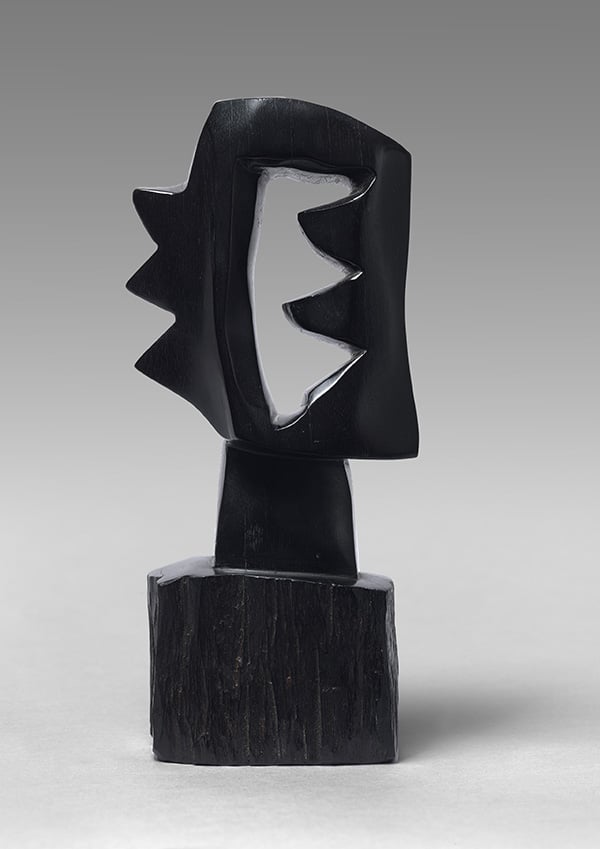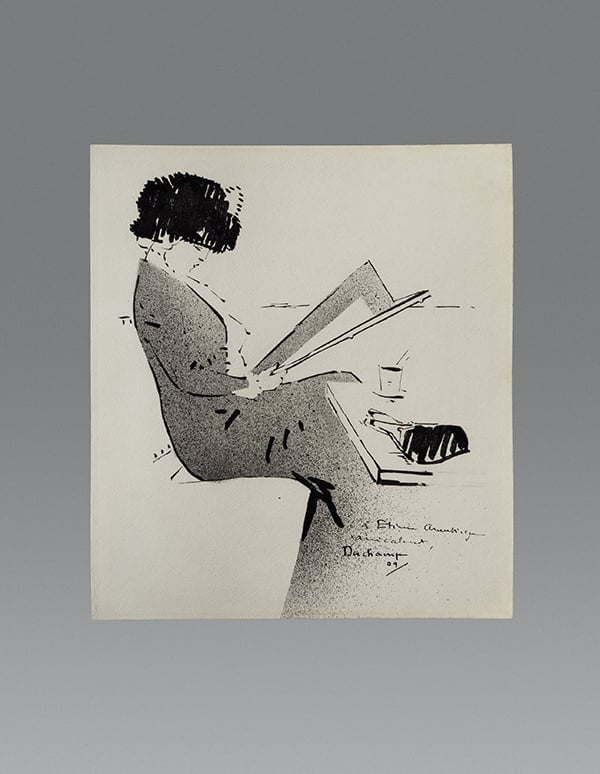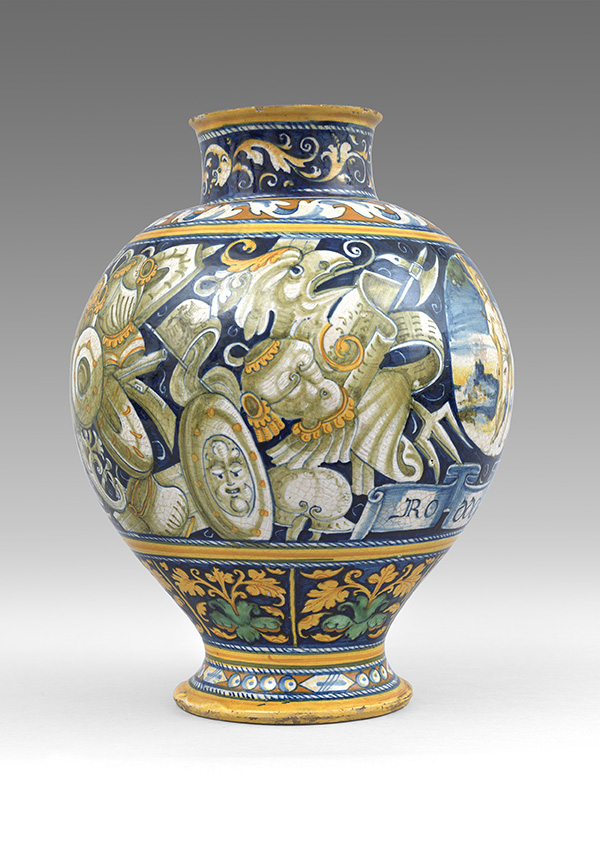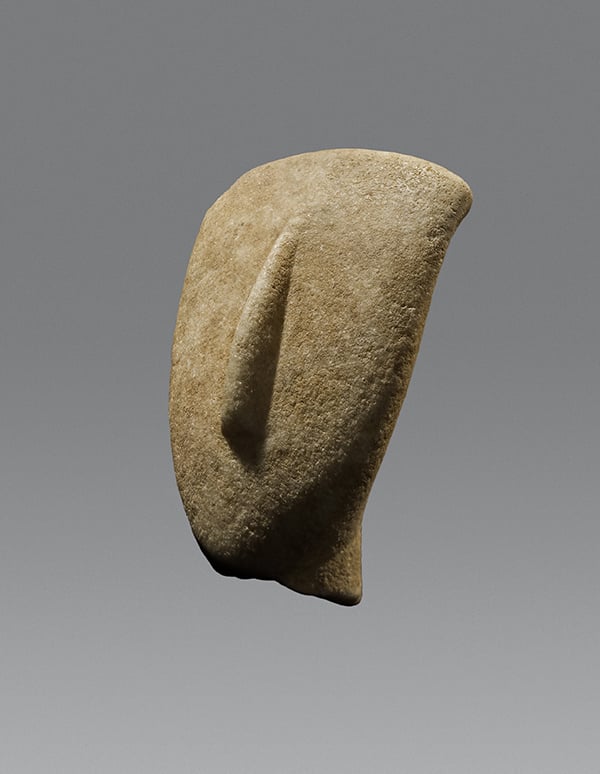Galleries
Veteran Gallerist Benjamin Proust on Why TEFAF Is Different From Any Other Fair
He is showing under his own name for the very first time.

He is showing under his own name for the very first time.

Sarah Cascone

The European Fine Art Fair (TEFAF) may be New York-bound, but this spring the prestigious fair is still focusing on its Maastricht flagship, set to open March 11. Ahead of the opening, artnet News spoke with Benjamin Proust, founder of London’s Benjamin Proust Fine Art gallery.
Proust has been in the art business for some 20 years, but this will be the first time he shows at TEFAF under his own name. The gallery, which was founded in 2008, will be featured in the fair’s Showcase section, which focuses on first-time exhibitors who have other international fair experience and are between five and ten years old.
“It’s really like a trampoline for young dealers,” explained Proust to artnet News.
At the same time, Proust is also a TEFAF veteran, having attended “every year for four days for the last 15 years,” both as a visitor and an exhibitor, working for dealers such as Galerie Ratton-Ladrière in Paris. “I know the fair for a long time,” he admitted.
What is your focus as a dealer?
I specialize in Old Master sculptures, especially bronzes from the Renaissance period. In this kind of field, you are interested in everything that has been produced in the period. You can’t be that picky. The market nowadays is much more interested in looking at Florentine bronzes, but I also like Venetian and Paduan bronzes because the taste and history of bronzes in the Renaissance was in Padua and Venice.

Alexandre Noll, Ebony circa 1960).
Photo: courtesy Benjamin Proust Fine Art Limited.
What is TEFAF’s appeal, and what makes it stand out among the increasingly-crowded field of international art fairs?
[It] is the fair that almost no one misses, because they know if something really great in Old Masters came upon the market, it is going to be at TEFAF.
Maastricht has become a great city thanks to the fair… but it’s a bit off the radar geographically, and when you travel there you have nothing else to do than concentrate on the fair. If you go to the Biennial in Paris, or you go to a fair in London, you share your time with going to the fair and enjoying the city. Or New York… When people are at Maastricht, they are at Maastricht only for the fair. There so much important interaction between people who are there for the fair. There are a lot of dinners where curators meet all the collectors and specialists in every field… there is an amount of brainstorming going on that doesn’t exist for any other fair.
What is your goal for your TEFAF debut?
Even though I specialize in Old Masters, I am interested in every field in art, and every period. Because my market is sometimes nowadays seen as very old school, I’m very keen to create atmosphere that shows people that Old Master sculptures mix really well with modern paintings, and antiquities sculptures, and modern sculptures and that every period can mix.
You can collect old master bronzes these days, and you don’t need to be like in a museum room. It can be in a very contemporary atmosphere. I really like to show that it’s not a world reserved for old people and people with a lot of money. You can really live with these things.
You can have a Renaissance bronze on a Jacques Adnet cabinet. The booths at showcase are very very small; it’s very hard to create an ambiance in 10 square meters, but I’m going to try to do it. I will have this kind of cabinet d’amateur, a collector’s studio room, when someone who enjoys art just puts together the things he likes. In the middle I’ll have the bronzes and the sculptures, and it’s going to be with a bit of painting, a bit of drawings, a bit of furniture.

Marcel Duchamp, Jeune Femme au Café Parisien 1909).
Photo: courtesy Benjamin Proust Fine Art Limited.
What works are you bringing with you?
I’m going to have something funny that people will not expect. I’ve got a very early drawing by Marcel Duchamp before the period of the readymades. It’s dated 1909; it was a totally unrecorded drawing that I found in France.
I’m bringing a very important bronze by Nicolo Roccatagliata which is kind of a discovery because it’s a second cast of a very famous bronze made for San Giorgio Maggiore in Venice in 1594. It’s a St. George, and I got a second cast of this bronze which was in a very important gallery in London in the 1980s and sold to a collector in New York—[philanthropist] Arthur Sackler.

Nicolo Roccatagliata, St. George 1594).
Photo: courtesy Benjamin Proust Fine Art Limited.
It’s very important discovery for the history of [Renaissance] bronzes in Venice that there is a second cast of this model and it’s been documented by a world expert for Nicolo Roccatagliata. I’m going to publish a catalogue at the time of the fair, so there’s going to be a nice essay about this bronze.
I’m going to have a very important Maiolica [tin-glazed Renaissance-era Italian pottery] from Faenza which has been published many times and was part of very important collections. It’s beautiful, absolutely beautiful, and it belonged to someone very interesting, a modern art dealer, very important in Italy in the ’70s and ’80s, named Paolo Sprovieri. (The gallery still exists and is run by his son.) Over the last ten years of his life, he decided to make the best collection of Italian Maiolica art, and he just bought every single masterpiece of ceramics he could find.

A Maiolica drug jar, possibly from the workshop of Francesco Mezzarisa circa (1550).
Photo: courtesy Benjamin Proust Fine Art Limited.
How do you pick which pieces to show at a fair?
I’m someone who works with limited stock, because I just buy what I really like. And one of the problems in this market these days is a shortage of very good pieces, so I just try to buy the best. The problem is to be able to keep the pieces for such a fair, because when I get something really good, I just have to take my phone and call a colleague right away.
You just make a decision that this is good enough for the fair, and you stick with it, put it to the side, and try to just hold it as long as you can. I have a very beautiful Cycladic head from 2,000 BC—these are the kind of things you have to hold on to, to be sure you’re still going to have it for the fair, or you have nothing left when you arrive.

Cycladic head “Lyre Shaped” (circa 2,600 BC–2,500 BC).
Photo: courtesy Benjamin Proust Fine Art Limited.
What do you learn from TEFAF?
The gift you can receive from such a fair is that you meet one or two new collectors, new clients who are going to follow you and come to visit you regularly when they are in Europe or when they are travelling to London, so that’s the main thing. Also, you just see the best of what’s available on the market at Maastricht every year. I normally visit for four days every year even if I’m not exhibiting, because there’s so many people to meet and there’s so much to see. You just see the best.